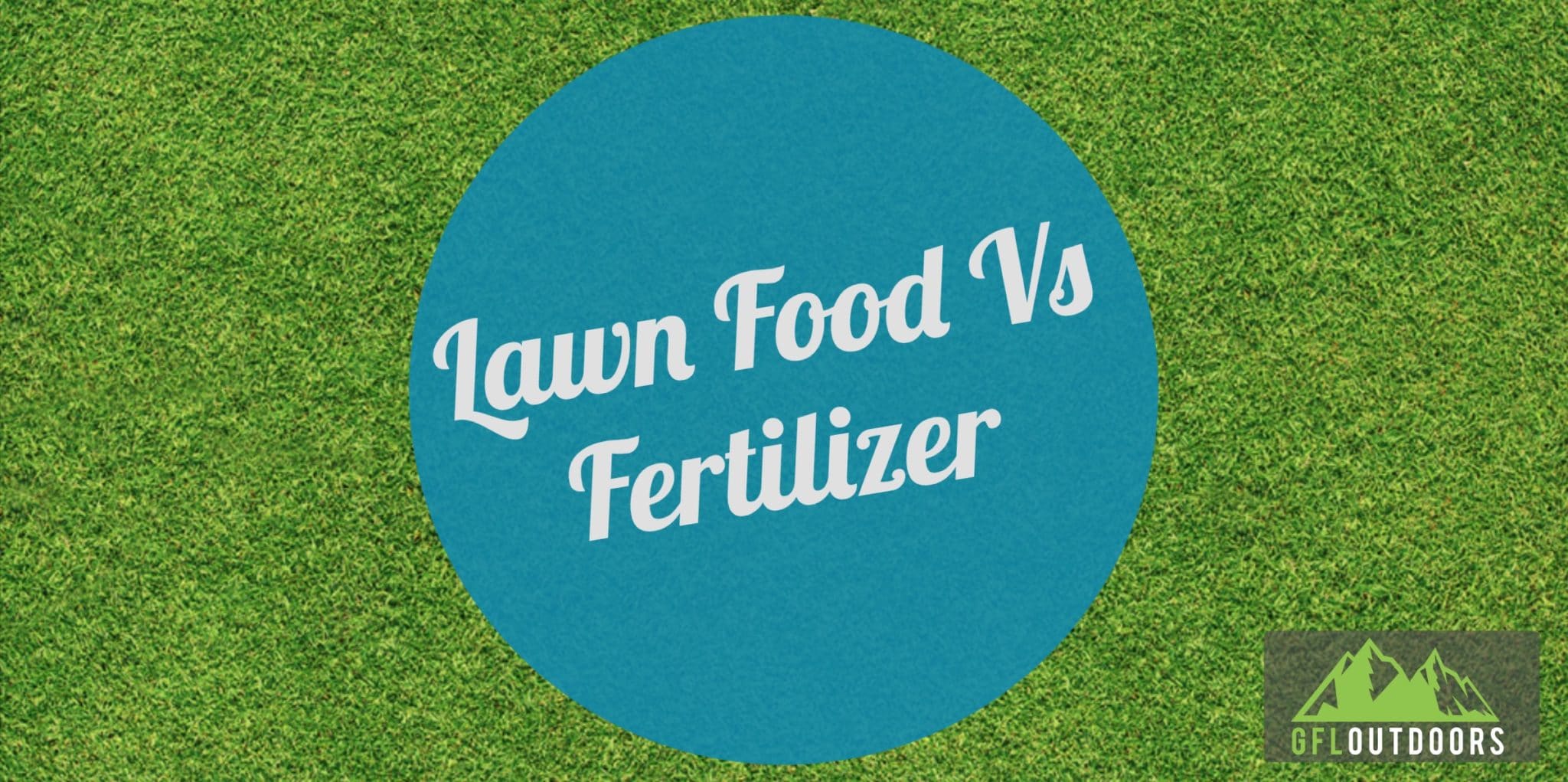Hey there! I’ve been getting tons of questions from readers about lawn food and fertilizer lately. As someone who’s been in the lawn care game for years, I figured it’s time to clear up this confusion once and for all. Let’s dive into everything you need to know about lawn food vs fertilizer!
The Quick Answer
Here’s the deal Lawn food and fertilizer are basically the same thing, just marketed differently. Lawn food is often a more consumer-friendly term for fertilizer products specifically formulated for lawns. But don’t click away just yet – there’s more you should know to make the right choice for your lawn!
Understanding the Basics
What’s Lawn Food?
Lawn food is typically:
- A specialized fertilizer designed specifically for grass
- Contains lower nitrogen levels than standard fertilizers
- Usually has a slow-release formula
- Often marketed as more “natural” or “gentle”
What’s Fertilizer?
Traditional fertilizer includes
- Higher concentrations of nutrients
- Faster release formulas
- More versatile applications (can be used for gardens too)
- Usually more economical
Key Nutrients Your Lawn Needs
Whether you choose lawn food or fertilizer your grass needs these essential nutrients
| Nutrient | Function | Signs of Deficiency |
|---|---|---|
| Nitrogen (N) | Makes grass green and promotes growth | Yellow, stunted grass |
| Phosphorus (P) | Helps root development | Poor root system |
| Potassium (K) | Improves stress tolerance | Weak, easily damaged grass |
How to Choose What’s Best for Your Lawn
I’ll be honest – picking between lawn food and fertilizer isn’t always straightforward. Here’s what I consider when helping my clients choose:
Consider Your Grass Type
- Cool-season grasses (like Kentucky Bluegrass): Need more nitrogen
- Warm-season grasses (like Bermuda): Do better with more phosphorus
Think About Your Goals
- Quick green-up: Go with traditional fertilizer
- Long-term lawn health: Consider lawn food
- Environmental concerns: Look for organic options
Application Tips & Timing
Listen up! This is where most folks mess up. Here’s my tried-and-true timing guide:
Best Times to Apply
- Early Spring: When grass starts growing
- Late Spring: Before summer heat
- Early Fall: To prepare for winter
- Late Fall: Final feeding before dormancy
Pro Tips
- Water your lawn after applying
- Don’t apply during peak sun hours
- Follow package instructions (seriously, don’t eyeball it!)
- Use a spreader for even distribution
Common Mistakes to Avoid
I’ve seen these mistakes way too often:
- Over-applying (more isn’t better, trust me!)
- Applying right before rain
- Using the wrong product for your grass type
- Forgetting to water after application
Environmental Considerations
Here’s something many don’t think about – your fertilizer choice affects more than just your lawn:
Eco-Friendly Options
- Organic products
- Slow-release formulas
- Natural alternatives
Best Practices
- Avoid runoff into waterways
- Don’t apply before heavy rain
- Consider using compost
- Look for phosphate-free options if your soil doesn’t need it
My Personal Recommendation
After years of experience, here’s what I suggest:
For most homeowners, a slow-release lawn food is the safer bet. It’s harder to mess up, better for the environment, and gives steady results. But if you’re experienced with lawn care and need quick results, a traditional fertilizer might be your better option.
Final Thoughts
At the end of the day, whether you choose lawn food or fertilizer isn’t as important as:
- Using the right amount
- Applying at the right time
- Following instructions carefully
- Being consistent with your lawn care routine
Remember, a healthy lawn doesn’t happen overnight. Take your time, be patient, and your grass will thank you!
Need more specific advice for your lawn? Drop a comment below, and I’ll help you figure out what’s best for your situation. Happy fertilizing!
Would you like me to explain or break down any part of this article further?

Making the Choice: Factors to Consider
Tailoring your lawn care begins with understanding your lawn type – whether it’s cool-season or warm-season grasses. Different grasses have distinct nutritional needs, affecting everything from their color to resilience. Consider your growth goals too – whether you’re aiming for aesthetics, playability, or a balance of sustainability.
Potassium (K): Enhancing Resilience
Potassium plays a pivotal role in enhancing disease resistance and stress tolerance. A well-fed lawn with an adequate potassium supply is better equipped to endure fluctuations in weather, pests, and other environmental stressors. It also promotes efficient water utilization within the grass plants, further contributing to their health and vitality.
EXPENSIVE FERTILIZER VS. CHEAP FERTILIZER
0
